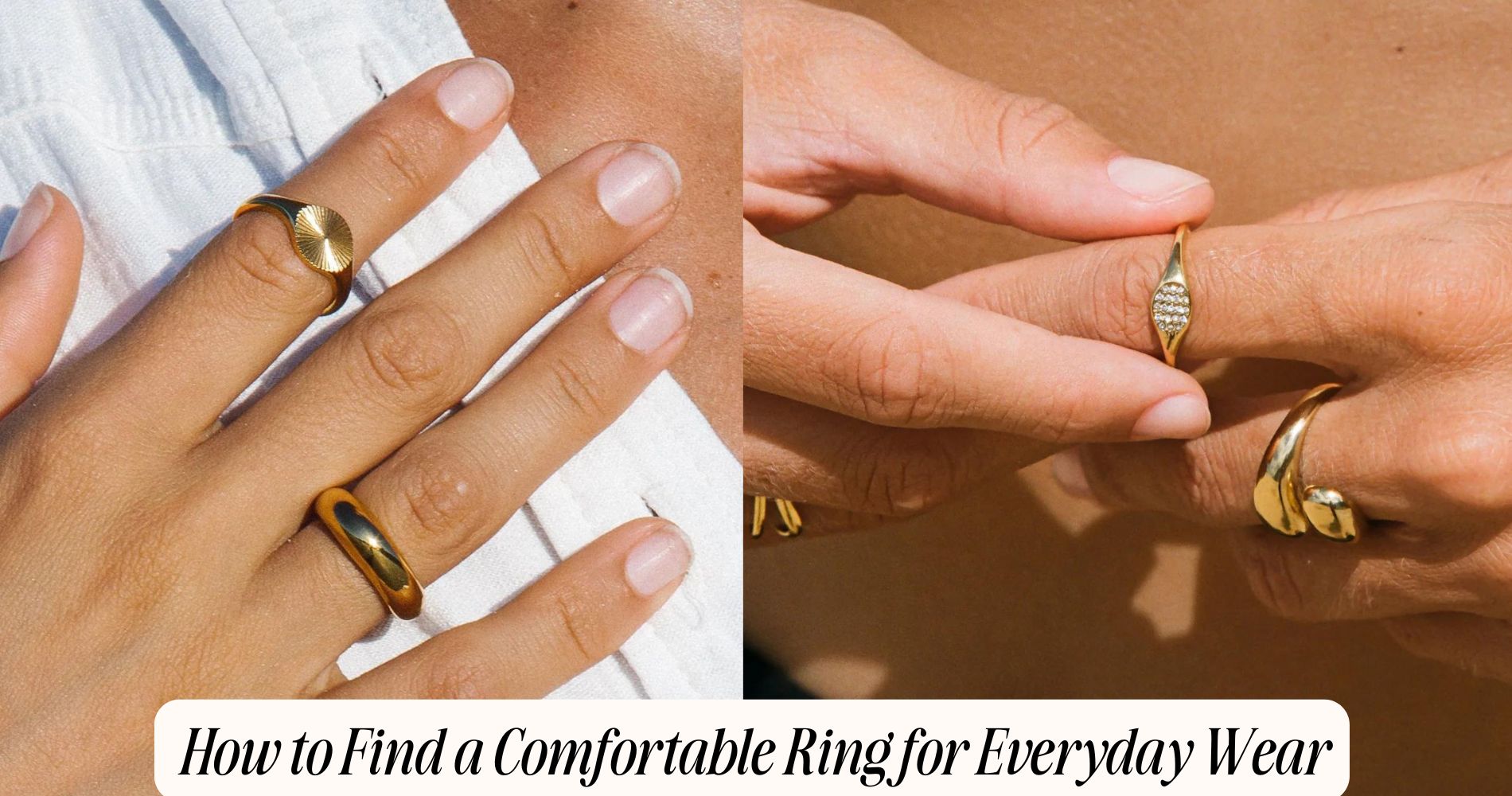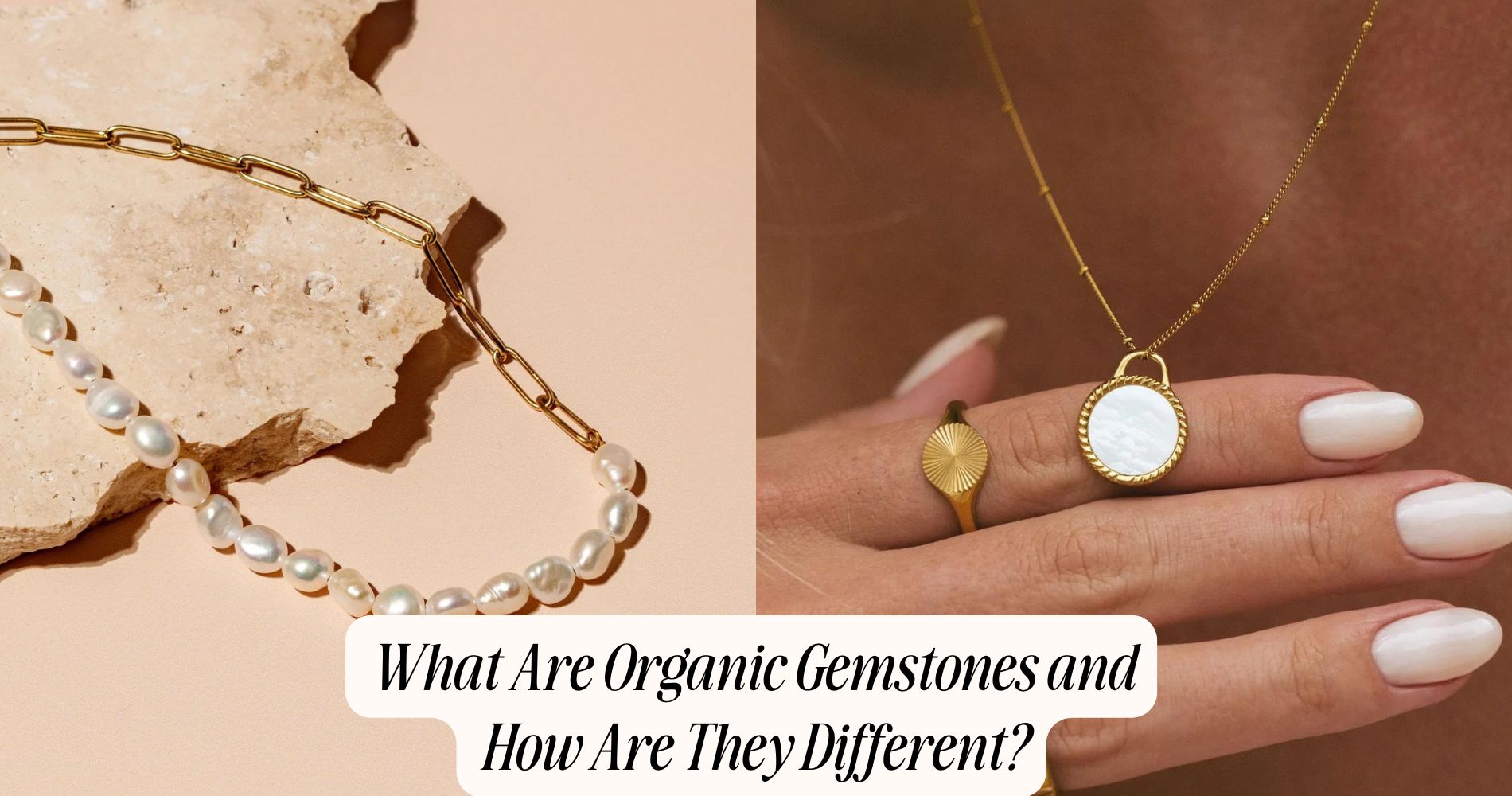
Easily Locate Lost Jewelry on the Beach With These Tips
To easily locate lost jewelry on the beach, start by staying calm and evaluating the last known location. Retrace your steps and focus on specific areas around high-traffic spots, like picnic areas or volleyball courts. If you have access to a metal detector, use one suitable for the beach to scour the sand effectively. Searching with a buddy can also enhance your chances, as you can cover more ground and stay motivated. Utilize beach tools like a scoop for deeper digging. Follow these tips for a better chance of success, and you might uncover more strategies that could help you further. And while you're enjoying the sand, don’t forget to check out our stunning Beach Jewelry collection to complete your beach day look.
Stay Calm and Assess
When you realize your jewelry is missing, take a deep breath and stay calm. Panic can cloud your judgment and make it harder to think clearly.
First, assess the situation. Think about where you last saw your jewelry and what you were doing at that moment. This will help you focus on specific areas.
Next, begin your mindful searching. Instead of frantically scouring the beach, slow down and scan the vicinity carefully. Look for any glimmers or shapes that resemble your lost item.
While doing this, practice jewelry identification—recall the specific features of your piece: its color, shape, size, and any unique markings. This mental image can aid in spotting it among the sand and surf.
Consider the environment too. If it's windy or if people are nearby, your lost jewelry could have been displaced further than you think. Stay aware of these factors as you search.
Retrace Your Steps
After calming your mind, it's time to retrace your steps.
Begin by focusing on memory recall; think back to the exact moments leading up to when you noticed your jewelry was missing. Visualize the path you took, paying attention to any significant landmarks or visual markers along the way, such as beach umbrellas, rocks, or distinctive footprints.
Start walking back in the direction you came from, stopping at each marker to jog your memory. Look closely at the sand where you remember being active; you might've accidentally brushed your jewelry off while playing or adjusting your belongings.
Be thorough; jewelry can easily blend into the sandy terrain. As you retrace your steps, make a mental note of areas you've already searched to avoid going in circles.
If you were with friends or family, ask if they recall any specific moments that might guide your search. Sometimes, having another set of eyes can help jog your memory or spot something you may have missed.
Keep your eyes peeled for glimmers of metal or stones that could lead you back to your precious item.
Use a Metal Detector
Using a metal detector can greatly increase your chances of finding lost jewelry on the beach.
First, you'll need to choose the right detector based on your needs and the beach conditions.
Then, applying effective detecting techniques will help you maximize your search efficiency.
Choosing the Right Detector
Finding the right metal detector can make all the difference in your hunt for lost jewelry on the beach. Start by considering the various detector types available. For beach hunting, you'll want either a VLF (Very Low Frequency) or PI (Pulse Induction) detector. VLF detectors are great for shallow water and dry sand, while PI detectors excel in saltwater environments.
Next, factor in your budget considerations. Metal detectors range from entry-level models to high-end options. If you're just starting, you might want to invest in a mid-range VLF detector, which offers good sensitivity and depth without breaking the bank.
It's also essential to check the detector's features. Look for waterproof capabilities, as you'll likely encounter wet sand or waves.
Consider the weight and ergonomics of the model; a lightweight, comfortable detector will make your search more enjoyable.
Detecting Techniques and Tips
When you're out on the beach searching for lost jewelry, employing effective detecting techniques can greatly enhance your success. First, make certain you're familiar with your metal detector's settings; adjust the sensitivity to avoid false signals, especially in areas with lots of trash. Sweep slowly and evenly, overlapping your paths to guarantee you don't miss anything.
Consider the time of day; early morning or late afternoon often yields fewer crowds and better visibility. Additionally, focus on high-traffic areas like near towel setups or around beach volleyball courts, as these spots often see lost items.
Beach safety is essential, so always stay hydrated and protect yourself from the sun. Wear a hat and sunscreen, and keep an eye on the tide to avoid getting trapped.
Lastly, be respectful of the environment and practice jewelry preservation by properly handling any finds. If you unearth a valuable piece, consider turning it in to the lost-and-found or local authorities.
Search With a Buddy
Searching for lost jewelry is easier and safer with a buddy by your side.
You can split up the area, covering more ground while keeping an eye on each other.
Plus, sharing tools and equipment can improve your chances of success considerably.
Enhanced Visibility and Safety
Teaming up with a buddy not only makes the search for lost jewelry more enjoyable but also boosts your safety and visibility on the beach. When you're out searching, having someone with you increases your overall visibility enhancement, making it easier for others to spot you. This is especially important if you're searching near water, where conditions can change quickly.
Safety precautions are critical when you're wandering the beach. By working with a buddy, you can keep an eye on each other and monitor your surroundings. If one of you spots something shiny, the other can help guarantee you're both safe while retrieving it.
Plus, having someone to talk to can help prevent fatigue, keeping your energy levels high for a more thorough search.
It's also wise to create a plan for your search area. You can cover more ground together while maintaining safety. Whether you're discussing potential spots or alerting each other to hazards, teamwork is key.
Divide and Conquer Strategy
While it's easy to get caught up in the excitement of a treasure hunt, employing a divide and conquer strategy with your buddy can greatly enhance your chances of recovering lost jewelry. By leveraging team dynamics, you can cover more ground and remain focused.
Start by discussing your search area and dividing it into sections. Each of you can take a designated zone, ensuring thorough coverage without overlapping.
Strategic planning is key here. Before you set off, agree on signals or methods to communicate, so you can share findings without confusion. If one of you discovers something, make sure to let the other know right away.
It's also helpful to set a time limit for each section, allowing both of you to stay on track and maintain energy levels.
As you search, keep an eye on each other's zones. If one of you encounters difficulties or finds a particularly promising area, be prepared to adjust your plans. This flexibility can lead to unexpected discoveries.
Ultimately, working together not only boosts your efficiency but also makes the hunt more enjoyable. So grab a buddy, plan your approach, and hit the beach!
Shared Equipment and Tools
Having the right equipment can make all the difference in your beach jewelry search. When searching with a buddy, you can maximize your efficiency by sharing tools and keeping each other motivated.
Whether you're using different shovel types or sand scoops, having a partner allows you to cover more ground and increase your chances of finding that lost treasure.
Start by discussing your equipment options with your buddy. Depending on the terrain, certain shovel types may work better for digging deeper in the sand, while sand scoops excel at sifting through loose material.
If you both have metal detectors, coordinate your search patterns to avoid overlapping areas.
Consider dividing your responsibilities: one person can focus on scanning the area with the metal detector, while the other digs and sifts through the sand.
This teamwork not only speeds up the process but also makes it more enjoyable. Plus, having someone to share tips and tricks with can lead to new insights and techniques.
Focus on High-Traffic Areas
When searching for lost jewelry on the beach, people often overlook the importance of high-traffic areas. These high traffic hotspots are where you'll have the best chance of finding what you've lost.
Think about all the activities that take place in popular beach areas—sunbathers, swimmers, and beach games. All this movement increases the likelihood of jewelry slipping off unnoticed.
Start your search near the boardwalks, picnic spots, and volleyball courts, as these locations attract many visitors.
Don't forget to check the entrances and exits of the beach, where people frequently gather. The sand around these areas is more likely to contain lost items, since they're more crowded.
Timing is also essential; early morning or late afternoon is ideal, as fewer people are around, making it easier to spot lost items.
Look for signs of disturbance in the sand, as someone may have lost their jewelry recently.
Frequently Asked Questions
How Can I Prevent Losing Jewelry While at the Beach?
To prevent losing jewelry at the beach, consider wearing jewelry alternatives like silicone rings or waterproof accessories. Always practice beach safety by securing valuables in a safe spot and being mindful of your surroundings.
What Types of Metal Detectors Are Best for Beach Use?
When choosing a metal detector for the beach, look for waterproof metal detectors with lightweight designs. These features guarantee you can easily maneuver in sand and water, increasing your chances of finding lost items effectively.
Are There Specific Times When Jewelry Is More Likely to Be Lost?
Jewelry's more likely to get lost during beach activities like swimming, playing volleyball, or sunbathing. Rings, bracelets, and earrings often slip off or fall into sand, so keep an eye on your valuables!
Can I Hire Someone to Help Search for My Lost Jewelry?
Yes, you can hire professional searchers for jewelry recovery. They use specialized equipment and techniques to increase your chances of finding lost items. Consider reaching out to local services or online platforms specializing in search and recovery.
What Should I Do if I Find Someone Else's Lost Jewelry?
If you find someone else's lost jewelry, consider ethical considerations first. Report it to local authorities or a lost and found nearby, following proper reporting procedures to guarantee it reaches the rightful owner.
Conclusion
By following these tips, you can improve your chances of finding lost jewelry on the beach. Staying calm and retracing your steps are essential first moves. Using a metal detector and searching with a buddy can enhance your search efforts. Focus on high-traffic areas where jewelry is more likely to be lost, and don't hesitate to use beach tools to aid your search. With patience and a strategic approach, you'll increase your chances of a successful recovery.

























Leave a comment
This site is protected by hCaptcha and the hCaptcha Privacy Policy and Terms of Service apply.